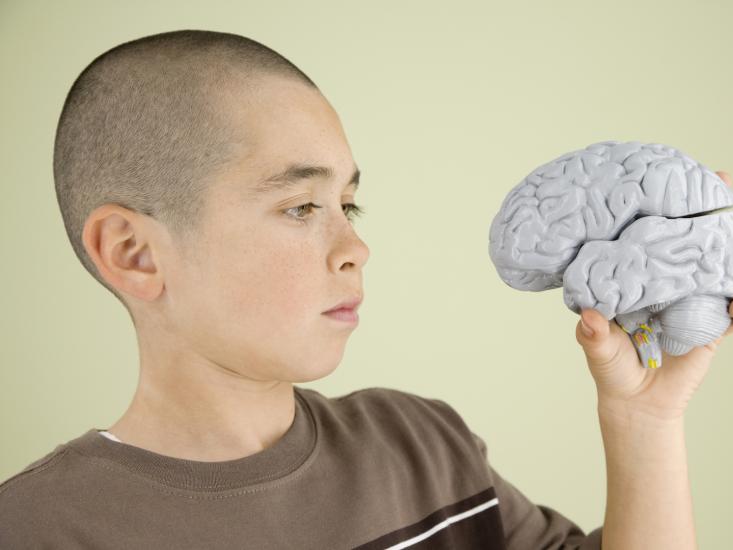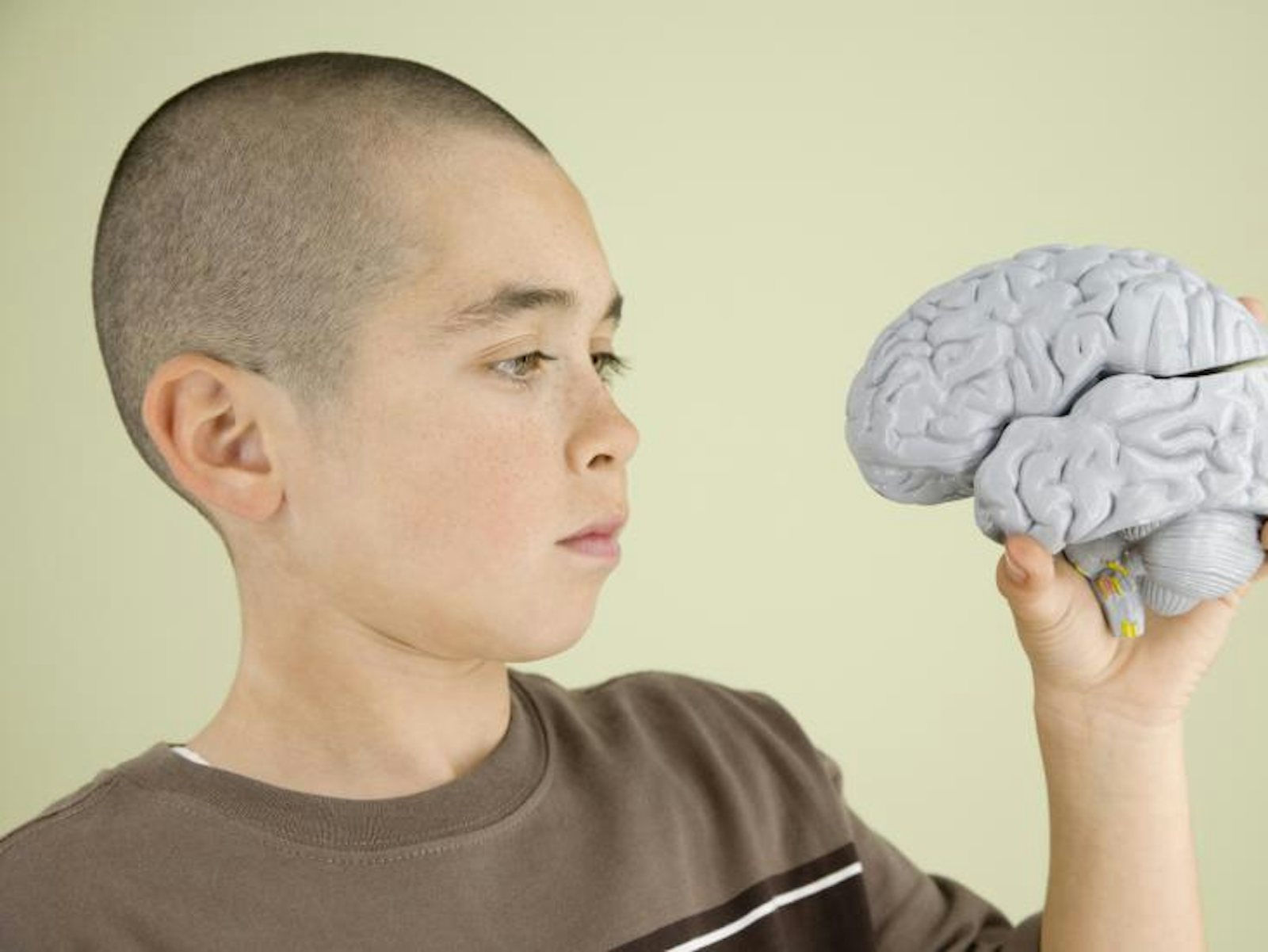
When children grow up in poverty, their brains can take a different shape. That’s one of the stark and uncomfortable findings from the lab of Kimberly Noble, a pediatrician and cognitive neuroscientist at Teachers College, Columbia University. Noble has used MRI scans to study the brains of children and found that kids in different socioeconomic strata show differences in brain structure—which can correspond to variations in brain function. Nautilus spoke with her about how the stress of poverty may change the developing brain, how those anatomical differences may translate to different outcomes in school and life, and what lessons policymakers should take from her research.
What are the clearest anatomical differences between the brains of kids on the low and high ends of the socioeconomic spectrum?
We found clear differences in the surface area of the brain. Most studies previously looked at brain volume: If you imagine a can of soup, that’s like measuring the amount of soup the can holds. That can’s volume is comprised of the height of can, and area of the circle on top.
We found that family income and parental education were associated with the size of the circle on top—that’s the surface area that results from all the nooks and crannies of the surface of the brain.

Have you found that the greater brain-surface area of kids from more affluent backgrounds correspond to differences in their performance on tests?
We did, we found that families’ socioeconomic differences were associated with differences in reading, vocabulary, memory, and executive function. (Executive function is a cognitive system that governs planning and problem-solving.) These associations have been shown before. But we showed that differences in performance on executive-function tasks in particular could be explained by the brain surface-area differences.
What mechanism might be at work here? How might poverty change a developing brain?
There are many pathways potentially linking family economic circumstances and brain structure and function, and we are very interested in two of them. The first is the investment, or “what money can buy,” pathway. Parents with more resources can buy more books and toys, afford better child-care experiences, provide housing in better neighborhoods, and provide better learning opportunities inside and outside the home.
The second possibility is the family-stress pathway: Families facing economic strain often deal with stressors that are associated with less responsive and less warm parenting. If the parents are very worried about how to keep the lights on, or they have to work that third job, they’re less able to be present with their kids.
How can you test your hypotheses and figure out if one or both of these pathways is responsible for differences in kids’ brain development?
The only way to really test that is to move beyond correlational studies and conduct experiments. I’m part of a team of social scientists and neuroscientists from around the country who are planning to do just that: We’re currently fundraising for and piloting the first clinical trial of poverty reduction.
In this study, we’ll recruit 1,000 low-income families across the country at the time of their children’s birth. Half of the families will receive a large monthly income supplement, and half will receive a nominal monthly income supplement. They’ll get these payments every month for the first three years of their children’s lives. In this way, we’ll be able to study the effect of poverty reduction on children’s cognitive, emotional and brain development, as well as the effect on family behaviors.
Are you concerned about the conclusions that people could draw from your results? Might some people see the data about poor kids’ brains as proof that these kids’ fates are set, and that they’ll never amount to much?
As neuroscientists, we believe that nothing could be further from the truth. We know that the developing brain is very malleable. We believe that the differences we reported are largely the result of experience, and have every reason to believe that by changing those experiences—through preventive measures or interventions—we can change children’s trajectories for the better.
What lessons do you hope policy-makers will take from your research? Do your findings support arguments for free pre-K education programs, for example, that might give poor kids a developmental boost?
Early childhood education is very important, but we know that the achievement gap is already substantial by the time children reach school, or even pre-school. We‘re unlikely to bridge the gap completely by focusing only on schooling. We need interventions that target families even earlier. If the poverty-reduction trial shows benefits for children’s development, it will support arguments for more generous social services programs aimed at poor families.
Eliza Strickland is an associate editor for the science and technology magazine IEEE Spectrum.






























